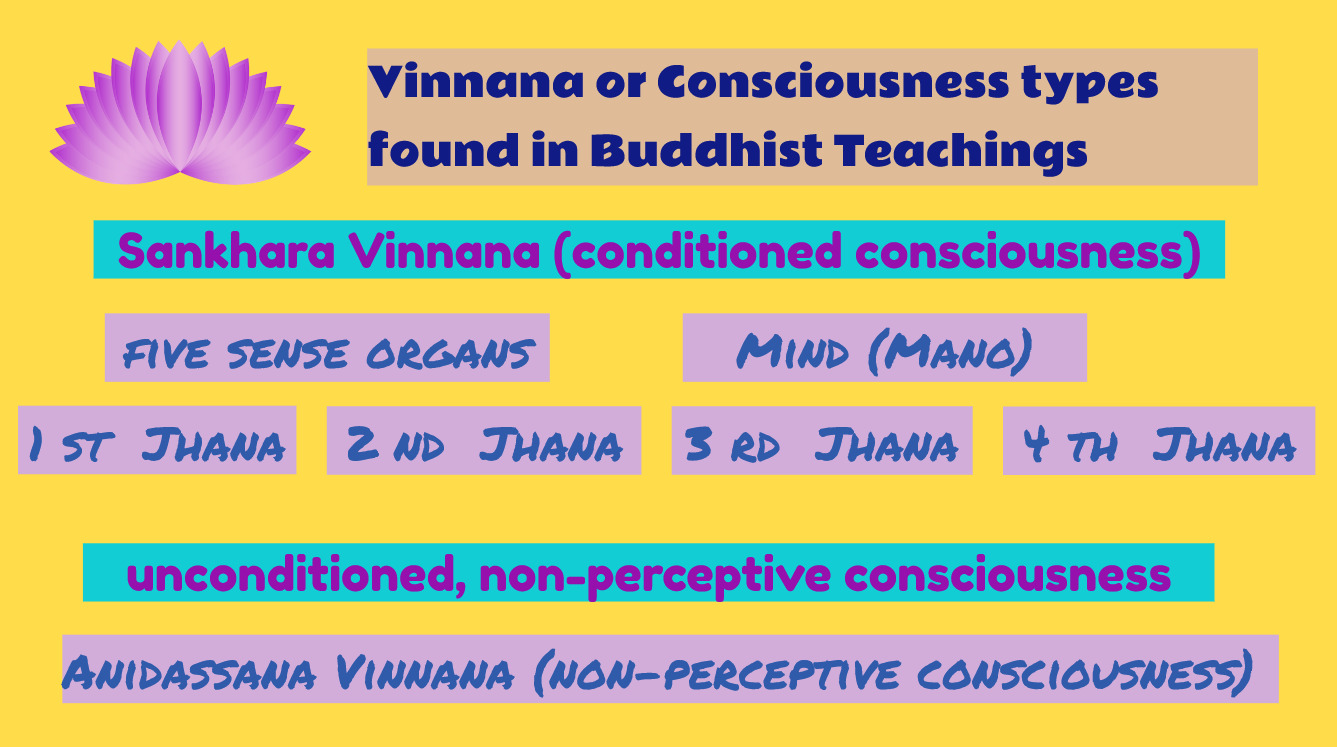-
Gautama Buddha's Simile of "Plantain tree" for Mental-formations
The five aggrigates
-
Gautama Buddha's Simile of "magical illusion" for Consciousness
The five aggrigates
through Modern Science
 Vinnana is often categorized into two main types: Sankhara Vinnana (conditioned consciousness) and Anidassana Vinnana (unconditioned, non-perceptive consciousness).
Vinnana is often categorized into two main types: Sankhara Vinnana (conditioned consciousness) and Anidassana Vinnana (unconditioned, non-perceptive consciousness).The five aggrigates
The five aggrigates